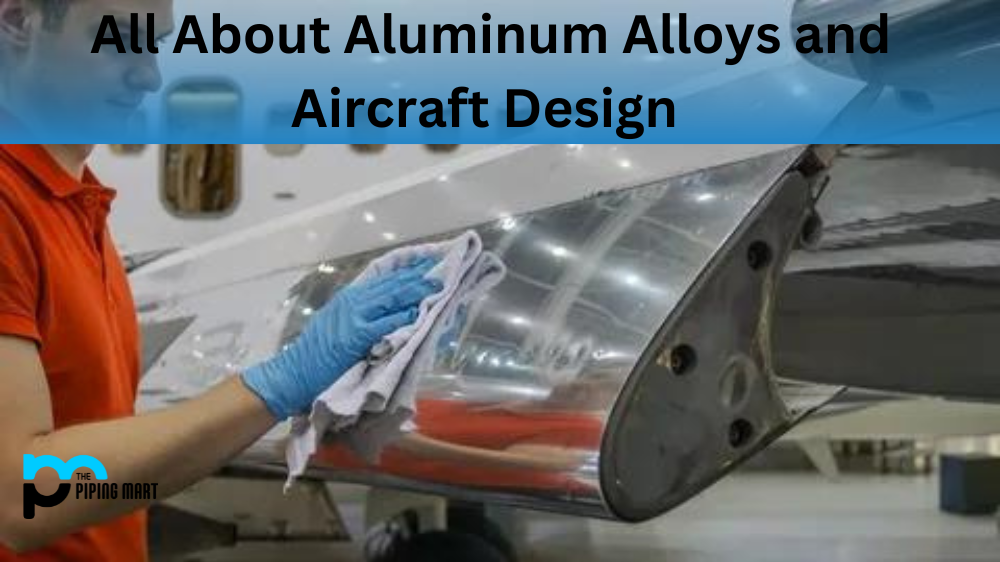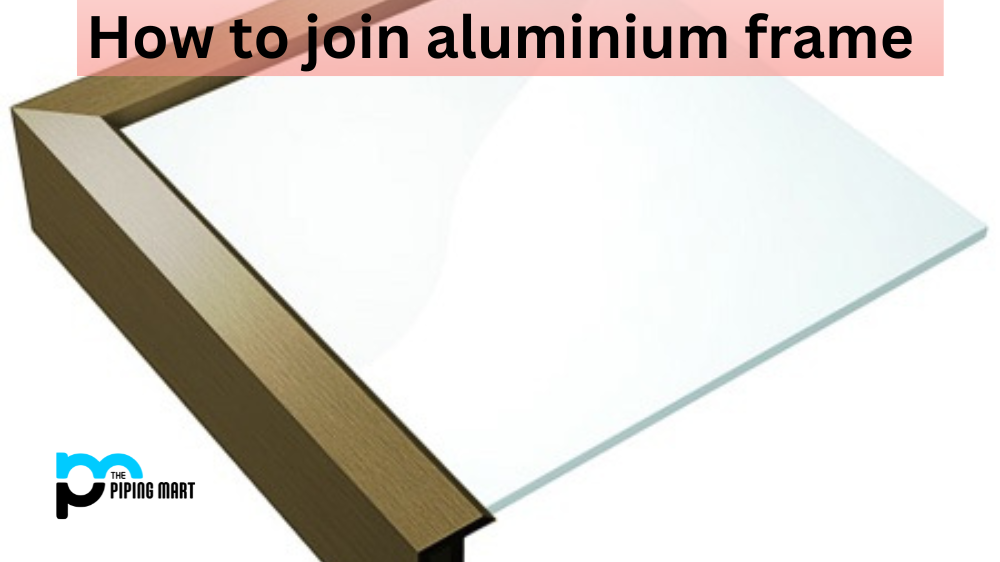Regarding aircraft design, aluminum alloys have become increasingly popular in the aviation industry. This is due to their lightweight and high strength, making them an ideal material for aircraft construction. But what should you consider when using aluminum alloys in aircraft design? Let’s take a look.
Durability and Corrosion Resistance
When selecting an aluminum alloy for your aircraft design, one of the most important factors is its durability and corrosion resistance. Different alloys offer varying degrees of corrosion resistance, with some being more resistant than others. Additionally, the environment in which your aircraft will be used should also be considered. For instance, if you plan on using your aircraft in coastal areas or near saltwater, a higher grade of alloy should be considered, as saltwater can cause premature corrosion of aluminum alloys.
Strength vs. Weight Ratio
Another factor to consider when selecting an aluminum alloy for airplane construction is its strength-to-weight ratio. The right balance between these two aspects can save considerable fuel and increase flight efficiency. When selecting an alloy for your aircraft design, look at the specific gravity and tensile strength ratings of the various alloys available to find the best combination of strength and weight savings.
Thermal Properties
An aluminum alloy’s thermal properties should also be considered when designing an aircraft. Thermal expansion rates between different metals can vary greatly, so selecting an alloy with a low coefficient of thermal expansion (CTE) is important. This helps ensure that components remain properly aligned during extreme temperature changes or fluctuations, reducing fatigue stress on airframes over time.
Aluminium Alloys in Aerospace
2024 Aluminium Alloy:
This alloy is one of the most extensively used heat treatable aluminium alloys, primarily being used in aircraft structures. 2024 has good strength and fatigue properties making it suitable for use in aircraft structures and components.
7075 Aluminium Alloy:
This alloy is highly used in the aircraft industry due to its high strength–to–weight ratio and excellent machinability. It is used in the manufacture of fuselages, wings and other structural components.
6061 Aluminium Alloy:
This alloy is the most commonly used aluminium alloy in aircraft construction. It possesses good formability and weldability, along with excellent corrosion resistance and strength. It is used in many aircraft components, such as engine mounts, landing gear and wheel assemblies.
5083 Aluminium Alloy:
This alloy is primarily used for the construction of fuselages and other structural components due to its high strength and good formability. It also offers excellent corrosion resistance and weldability.
Conclusions:
Aluminum alloys are becoming increasingly popular for aircraft construction due to their lightweight and high-strength characteristics. However, there are several key considerations when selecting an alloy for use in aircraft design, such as durability and corrosion resistance, strength vs. weight ratio, thermal properties, etc. By researching different types of aluminum alloys available on the market today and understanding how they differ from one another, you can make sure that you select one best suited to meet your needs while helping ensure long-term safety and performance for your airplane’s airframe over time.

Pipingmart is B2B portal specializes in industrial, metal and piping products. Also, share latest information and news related to products, materials and different types grades to help business dealing in this industry.




